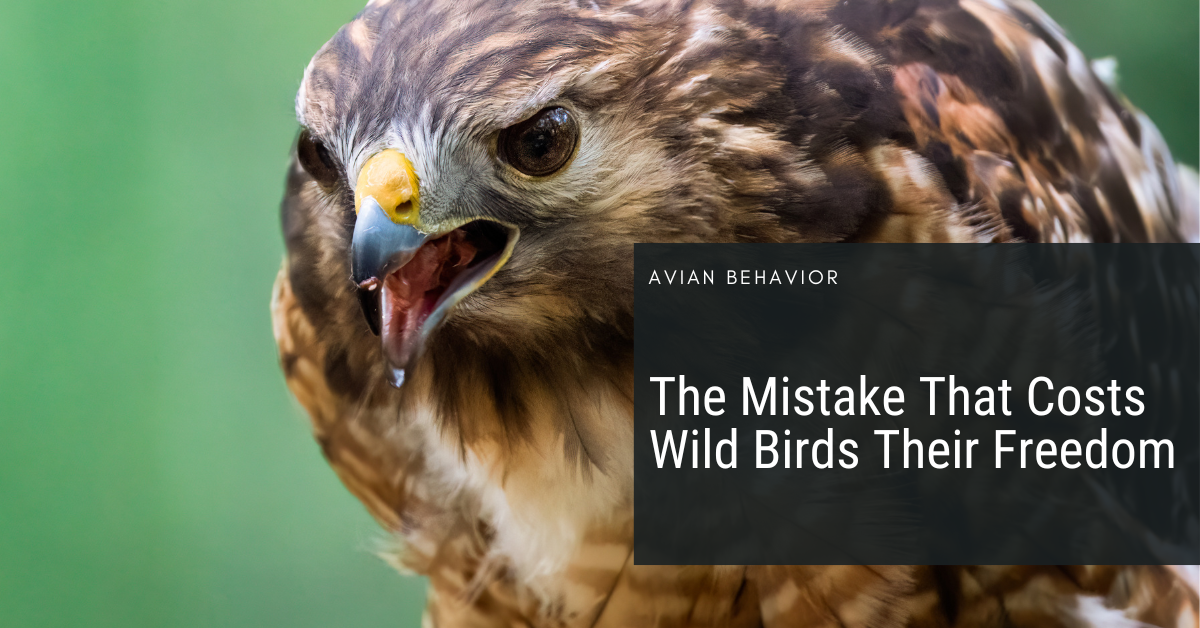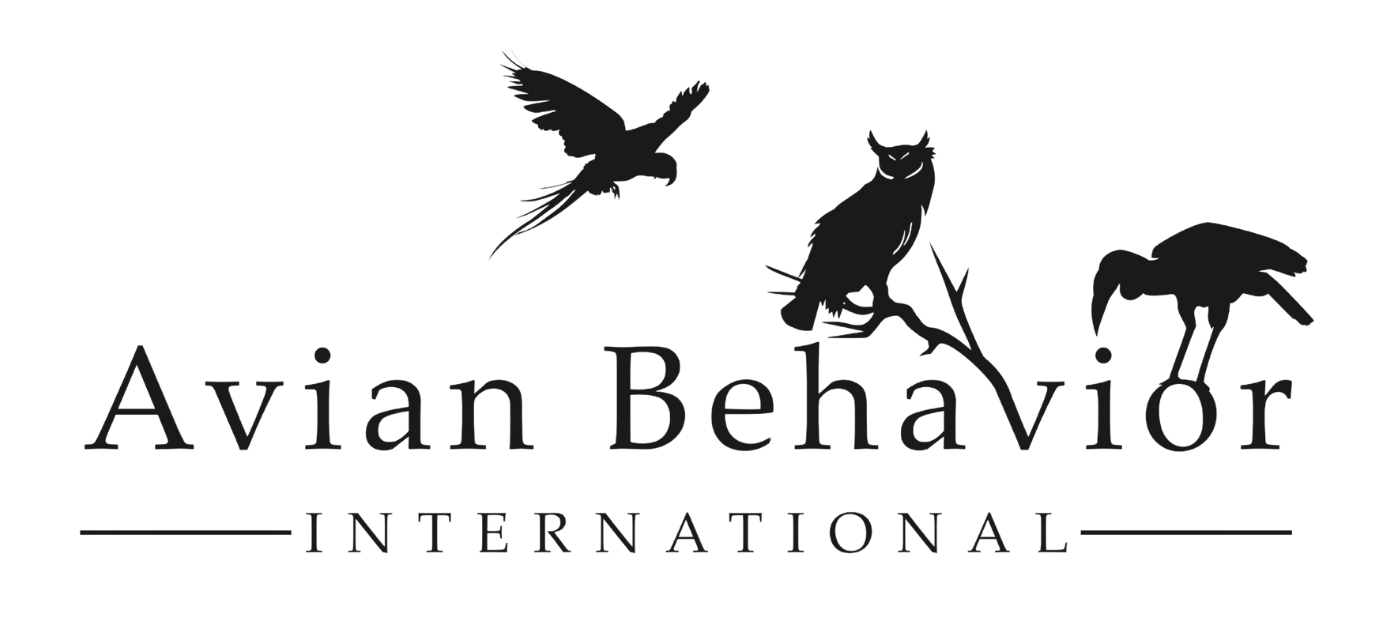
22 Aug The Mistake That Costs Wild Birds Their Freedom
People often tell us about the pet hawks, falcons, or ravens they had growing up — wild nestlings they found, raised for a while, and later “released.”
The hard truth is that those birds rarely survive. Once a young bird imprints on humans, it learns that people — not its own species — are its source of food and safety. That kind of learning can’t be undone. An imprinted bird may approach humans in dangerous ways, starve because it doesn’t know how to hunt, or even die of preventable health issues like metabolic bone disease. It might seem really simple to feed a bird meat and let it grow up, but young raptors require a complex mix of nutrients and need specific opportunities to develop their hunting skills to adjust to the world that they will be foraging in. This takes training and licensing.
What imprinting really means
When a young bird imprints on humans, it means that they don’t see humans as a threat. While this looks like tameness as a juvenile, it can be dangerous to both human and bird once that bird is looking for a mate. Imprinted birds get far too close to humans, and they are more likely to get hit by cars, succumb to gunshot wounds, consume foreign materials and die, or be fed unhealthy items and live shorter lives. In one notable case, a baby turkey was found on Nantucket, raised and released, and he became exceedingly aggressive and terrorized the community so much he was eventually shot by the police!
Imprinted birds end up in human care because they cause problems when free ranging. They can be wonderful conservation ambassadors under the experience care of a training team.
A Hawk with a different future
This past summer, we brought in a new bird for training: a juvenile red shouldered hawk. This guy was raised as a nestling and released, only to be found begging at a neighbor’s porch for food. He has serious food anxiety issues even though his body condition does not indicate he is starving (relatable). This means that even if he gets the smallest piece of food, he protects it and covers it up before he slowly eats it. So while he’ll never soar free in the wild, he now has a vital role to play: teaching visitors about why “the nest is best.”
What you can do
If you find a nestling, the most important thing you can do is help it get back into its nest — or call a licensed wildlife rehabilitator who can. Birds that are renested or placed with the right care have a chance at living full, wild lives. Those raised by people usually don’t.
It can be hard to resist the urge to “help” by raising a wild bird yourself. But the kindest, most impactful thing you can do is give it the best shot at freedom — by keeping humans out of the imprinting process

